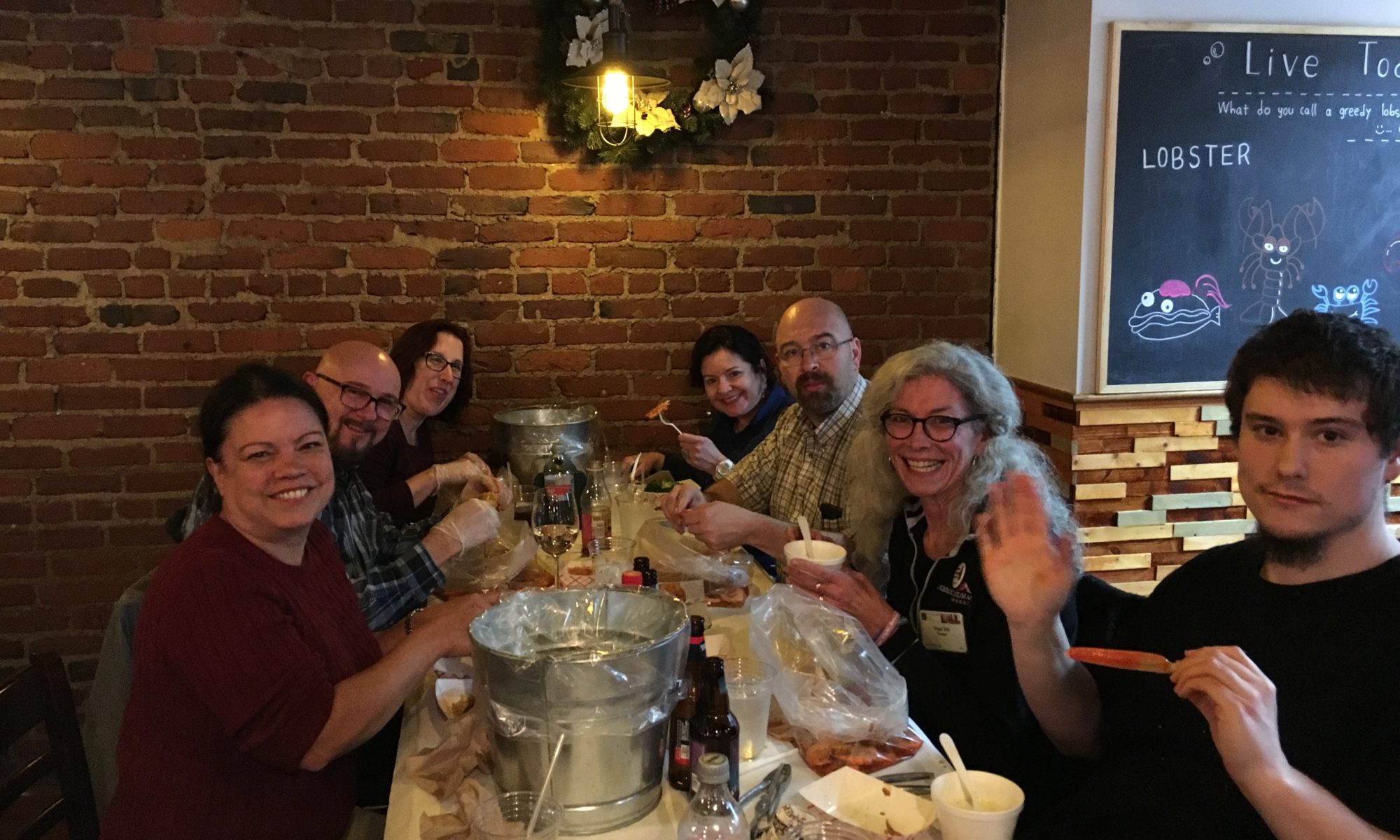By: Lori Meyer
We’re proud to call for nominees for our new SIG awards program! Although we are continuing to participate in STC awards programs, our awards will provide additional opportunities to celebrate the contributions of our great volunteers, and put recognition within the reach of more SIG members.
Two awards will be given:
- SIG Volunteer Achievement Award
- SIG New Volunteer Award
SIG Volunteer Achievement Award
Who is eligible:
Any SIG member who has at least two years of SIG membership and volunteer activity by January 1 of the year in which they are nominated.
Description of award:
This award is given to a volunteer who has demonstrated consistent service to the SIG over a period of two or more years, either as a volunteer in a recurring role, or as a volunteer who has served in many ways without having held an elected office or appointed position. The award reflects a recipient’s contributions such as adding value for SIG members, making volunteers’ jobs easier, encouraging continued participation in the SIG, and demonstrating creativity and teamwork.
SIG New Volunteer Award
Who is eligible:
- Anyone who has been a SIG member for no less than four months or no more than two years by January 1 of the year in which they are nominated, and has offered significant volunteer activity within that year.
or
- Anyone who has been a SIG member for longer than one year, but who has offered significant volunteer activity for the first time in the history of their membership.
Examples of significant volunteer activity include:
- Serving as a committee chair, keeping the committee active, and working with the committee to provide new or innovative services.
- Taking on a task that solves a SIG problem or that motivates others to become involved as volunteers.
- Creating an innovative event or process that benefits the SIG.
Description of award:
This award is given to a SIG member who has volunteered for the first time. This can be someone with a year or less of SIG membership who has offered significant volunteer activity during that time, or someone who has been a SIG member for one or more years but who has offered significant volunteer activity for the first time. This award seeks to recognize newer SIG members who “hit the ground running” as volunteers, or longer-term members who never have volunteered before but stepped up for the first time.
We’re looking for nominees for these awards. If you would like to nominate a fellow SIG member, please contact us at manager@stcidlsig.org and tell us:
- The name of your nominee and the recommended award.
- A description of why you feel this nominee should receive the award.
Please submit your nominations by December 31, 2018.

